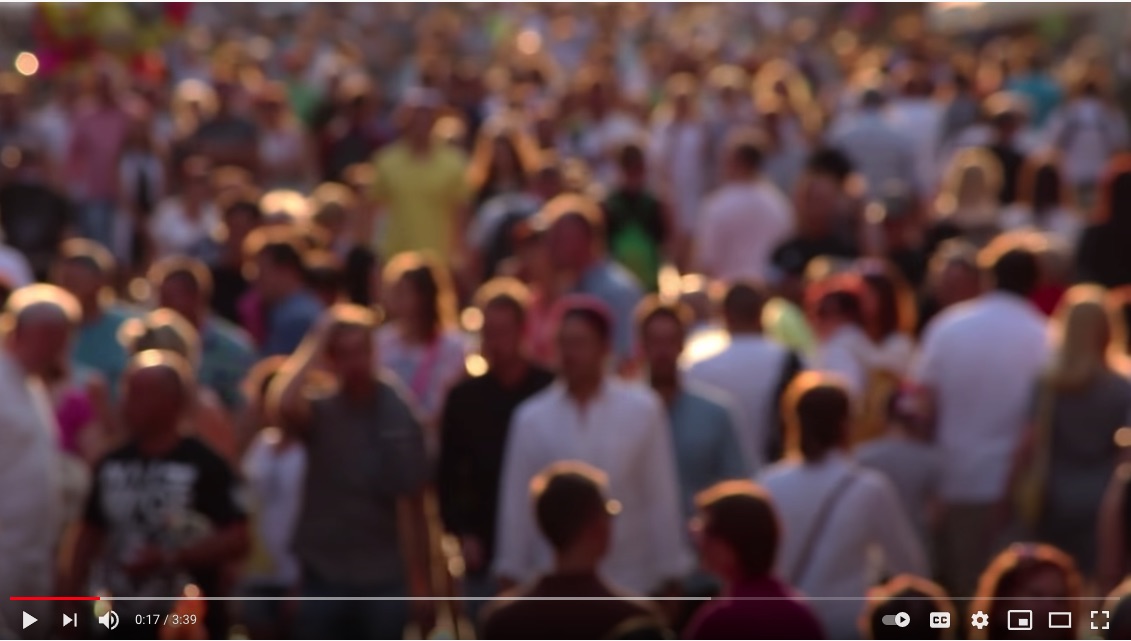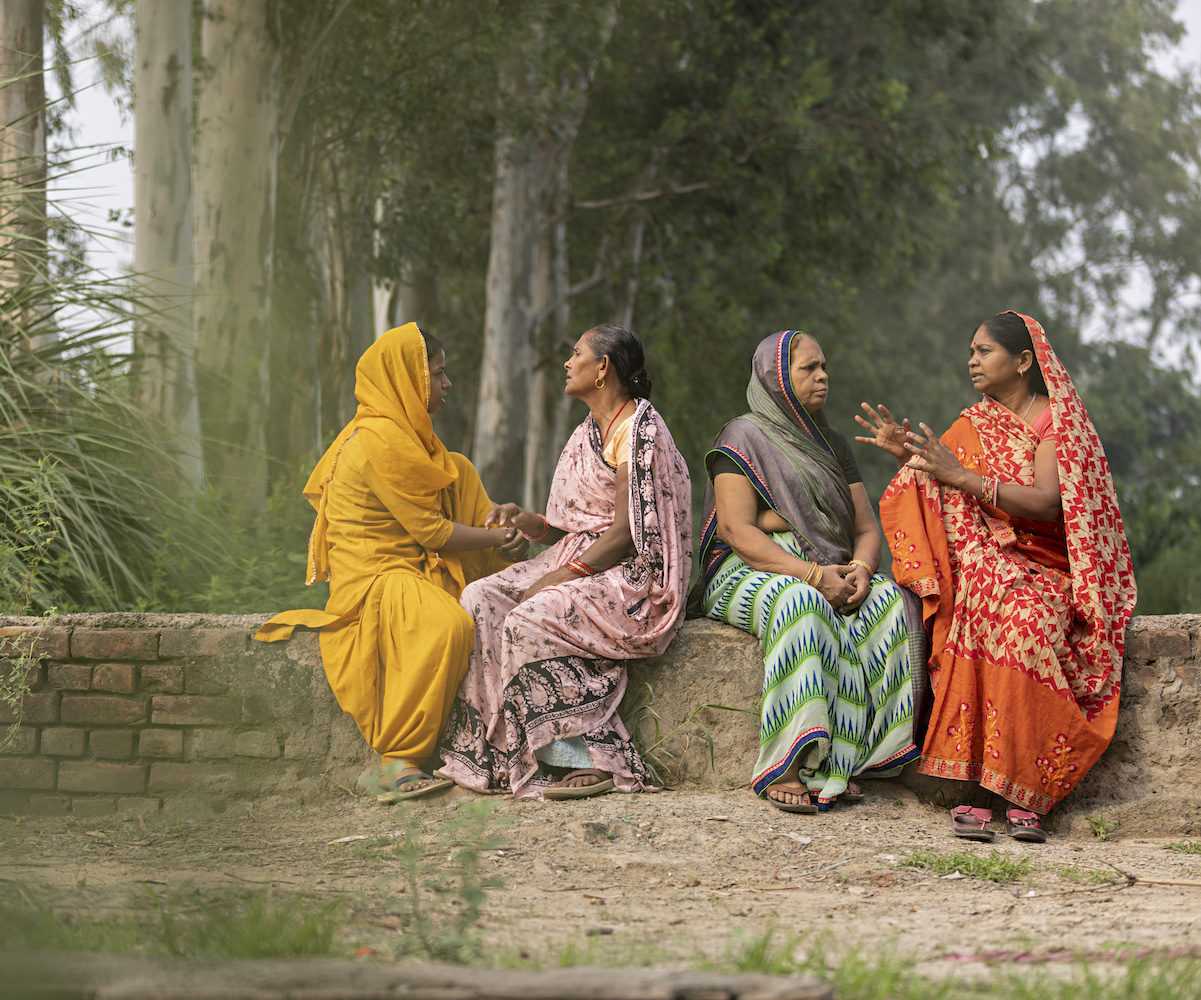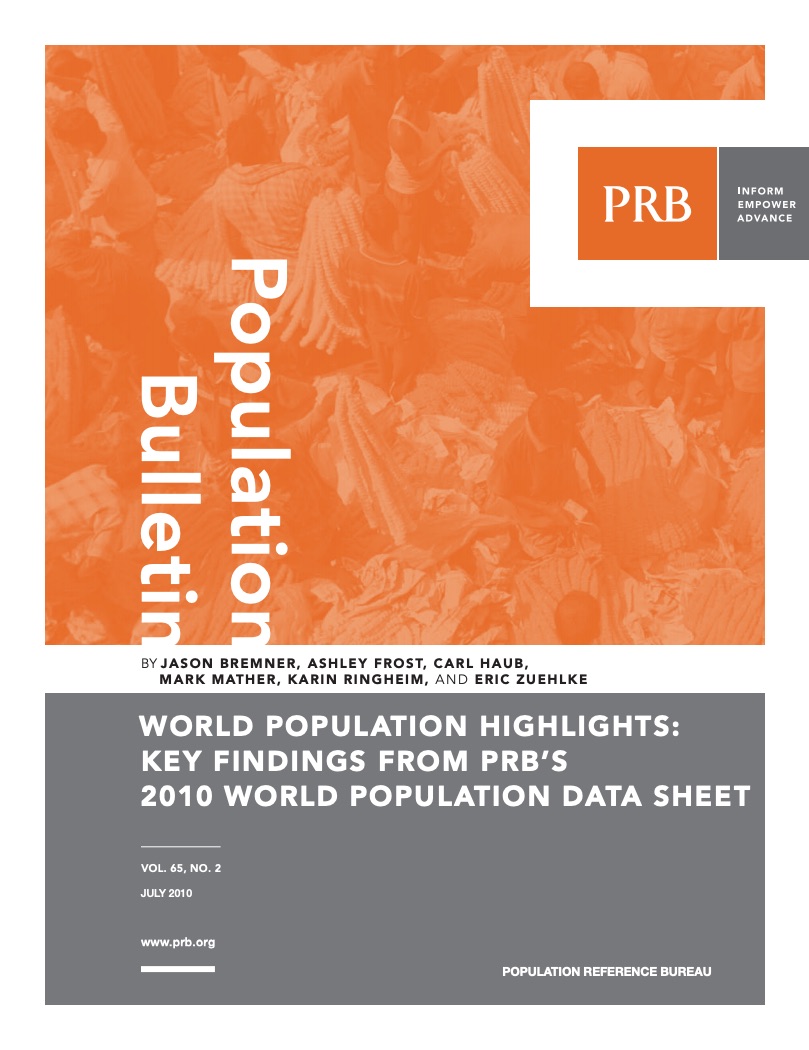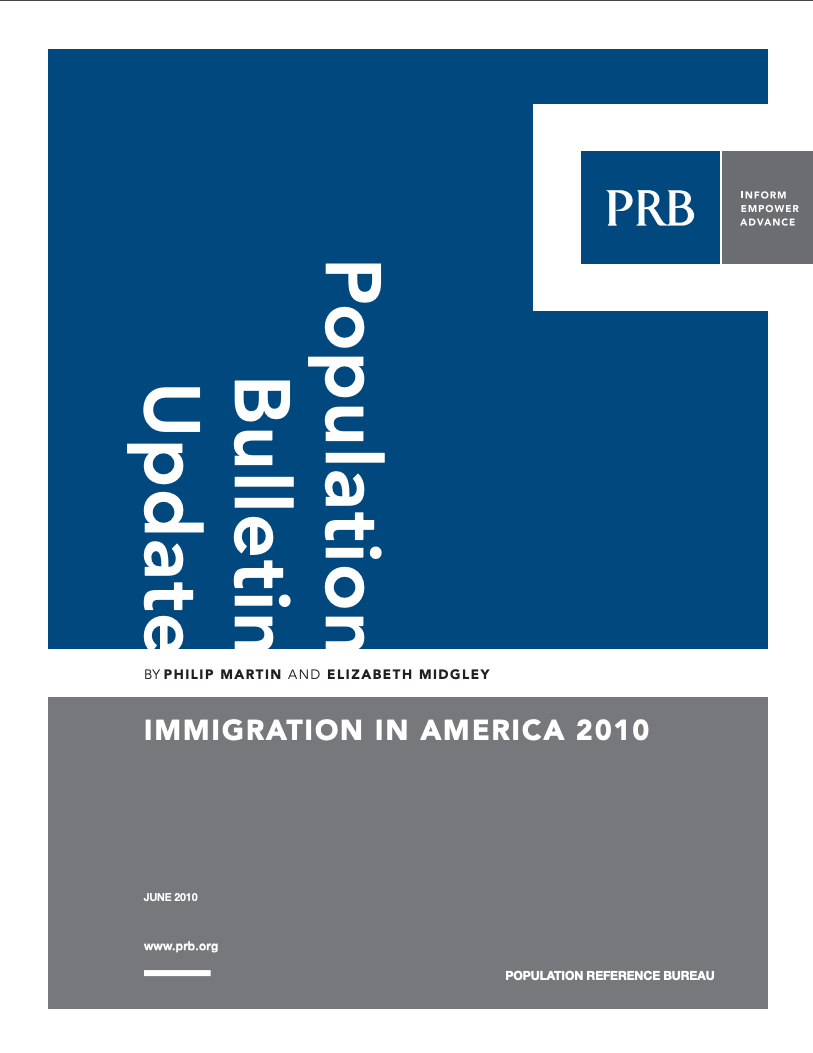More Caregivers Needed Worldwide for the ‘Oldest Old’
The Population Reference Bureau's 2010 World Population Data Sheet focuses on a rapidly aging world, highlighting many countries' pressures to care for their elderly citizens.
The Population Reference Bureau's 2010 World Population Data Sheet focuses on a rapidly aging world, highlighting many countries' pressures to care for their elderly citizens.

Project: PACE: Policy, Advocacy, and Communication Enhanced for Population and Reproductive Health
The world population is growing older. With continued declines in fertility and mortality, the global population's shift toward an older age structure, known as population aging, will accelerate. Older adults' (ages 65+) share of the global population increased from 5 percent in 1960 to 9 percent in 2018 and is projected to rise to 16 percent by 2050, with the segment ages 85 and older growing the fastest. Children's (ages 0 to 14) share is falling, from 37 percent in 1960, to 26 percent in 2018, with a projected decrease to 21 percent by 2050.
This article focuses on the demographics of the 10 countries that make up the Sahel region--Burkina Faso, Chad, Eritrea, The Gambia, Guinea-Bissau, Mali, Mauritania, Niger, Senegal, and Sudan.

As the Asia-Pacific region's population shifts due to low fertility and societies age, women may face specific challenges tied to factors like their longevity, financial resources, and caregiving responsibilities.

PRB provides analysis on why the demographic changes over the next 30 years matter for the global economy, the global labor force, and the United States.

(2008) Opposition to Kenya's recent election resulted in days of deadly riots. Kenya's demographic trends provide some background to the current situation, revealing both advances and continuing challenges.
(2014) Israel's demographic patterns and trends are unique, reflecting the complex political, cultural, and religious future of the region.

This Population Bulletin Update is a follow-up to 2006's Population Bulletin, "Immigration: Shaping and Reshaping America" by Phil Martin and Elizabeth Midgley, and provides new data and analysis on the economic impacts and policy debates around immigration.